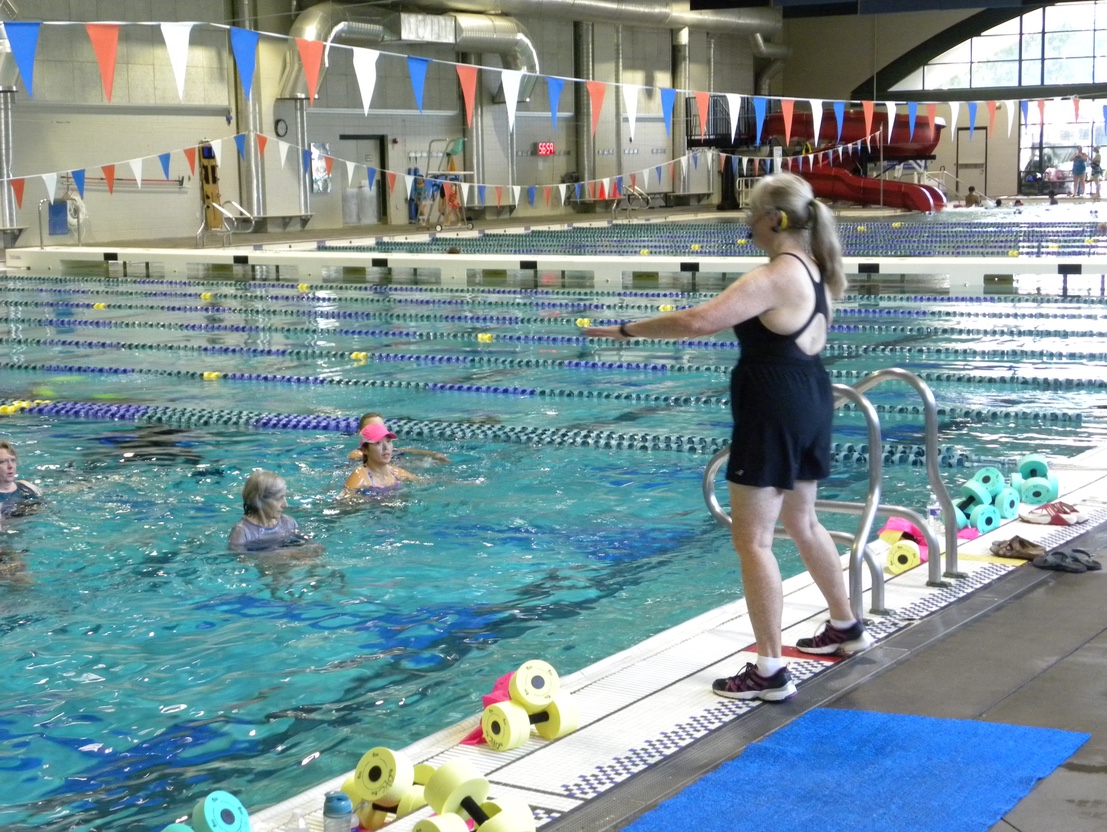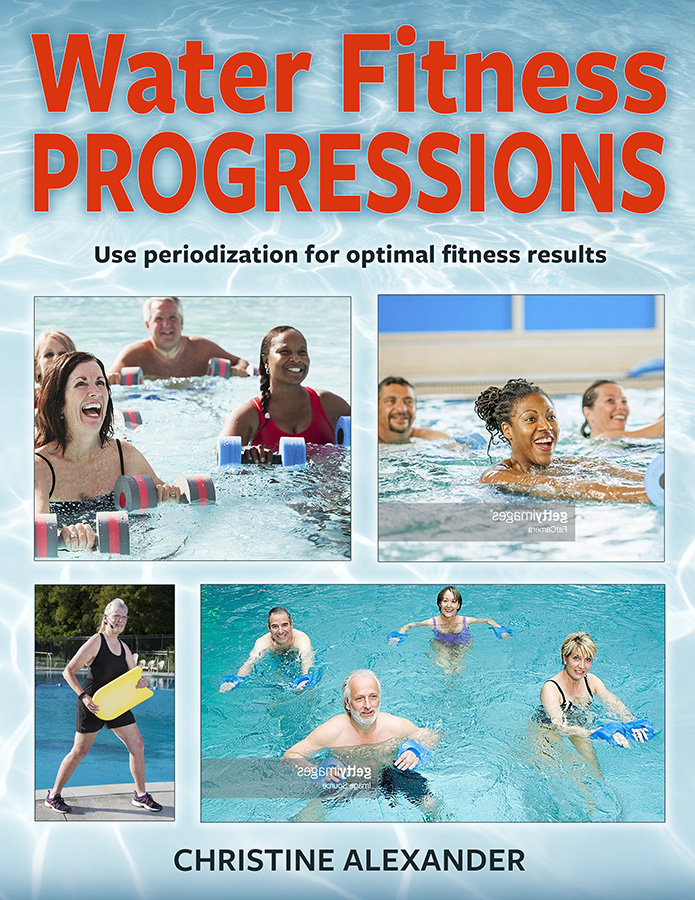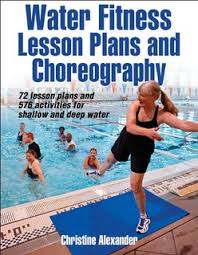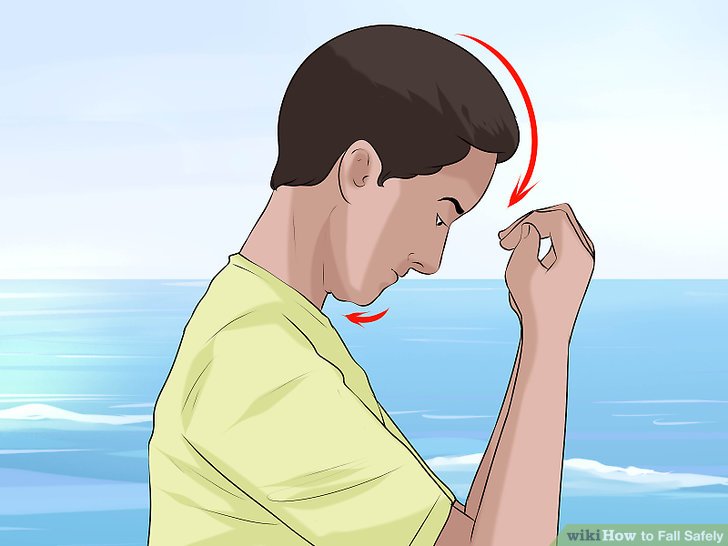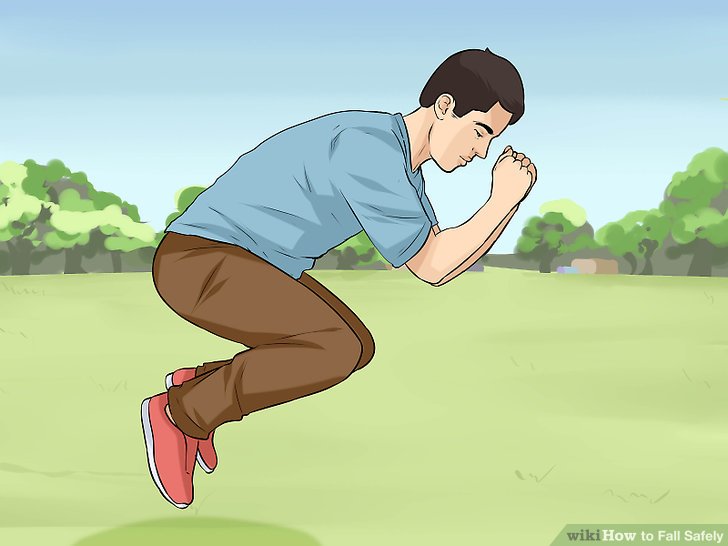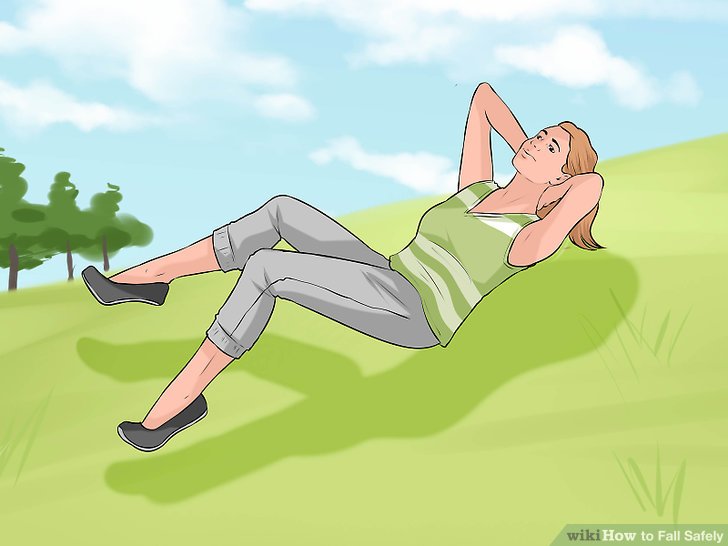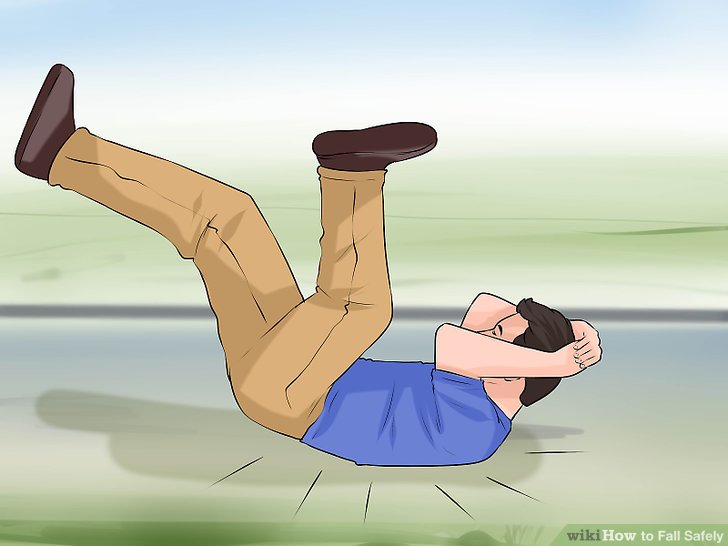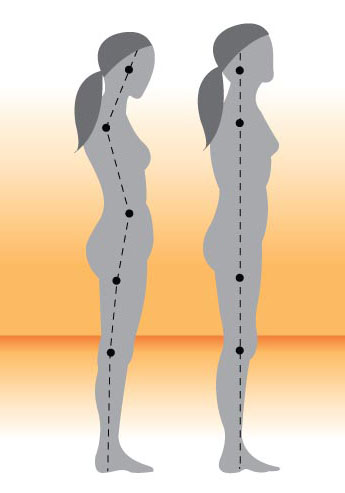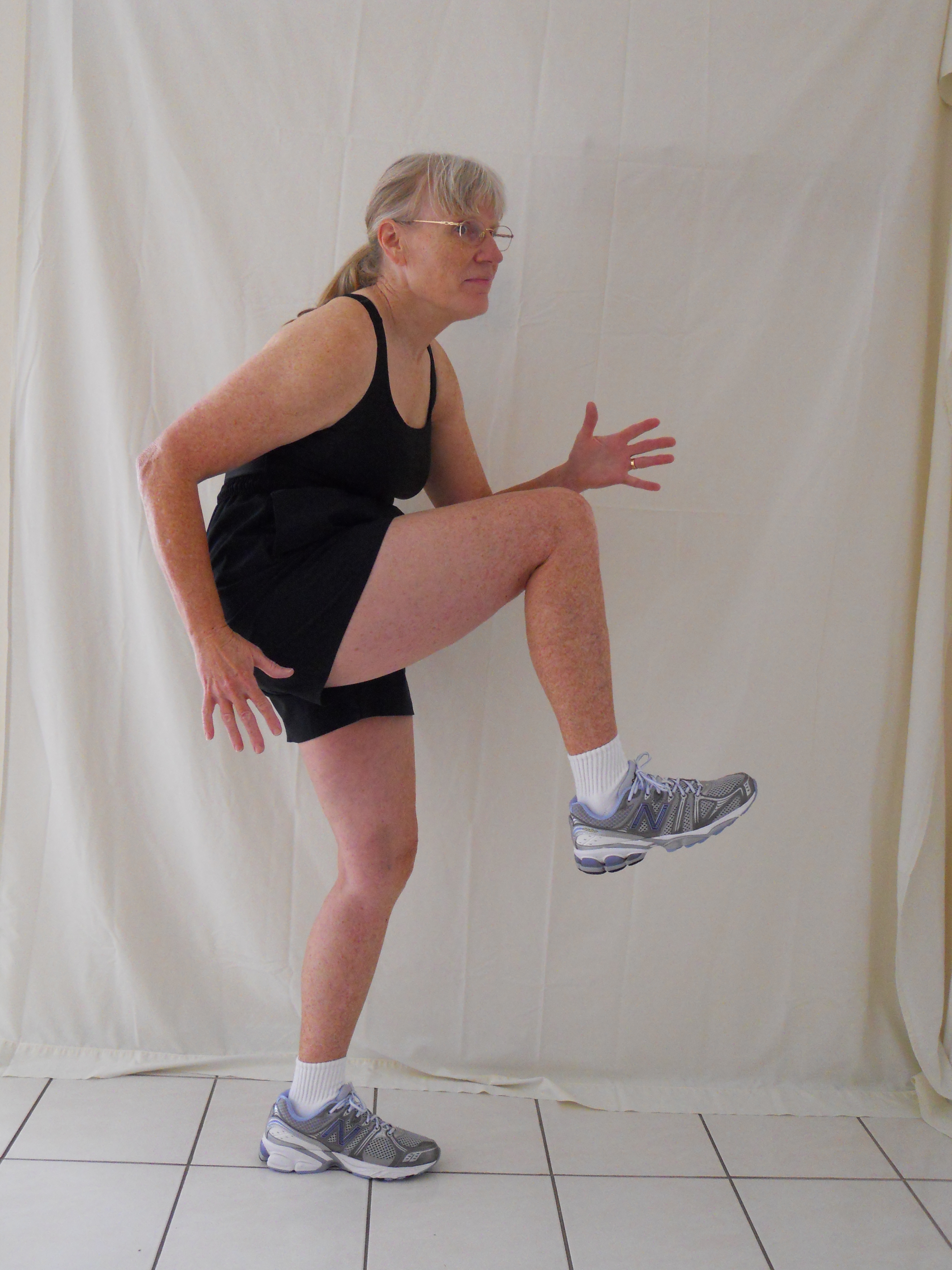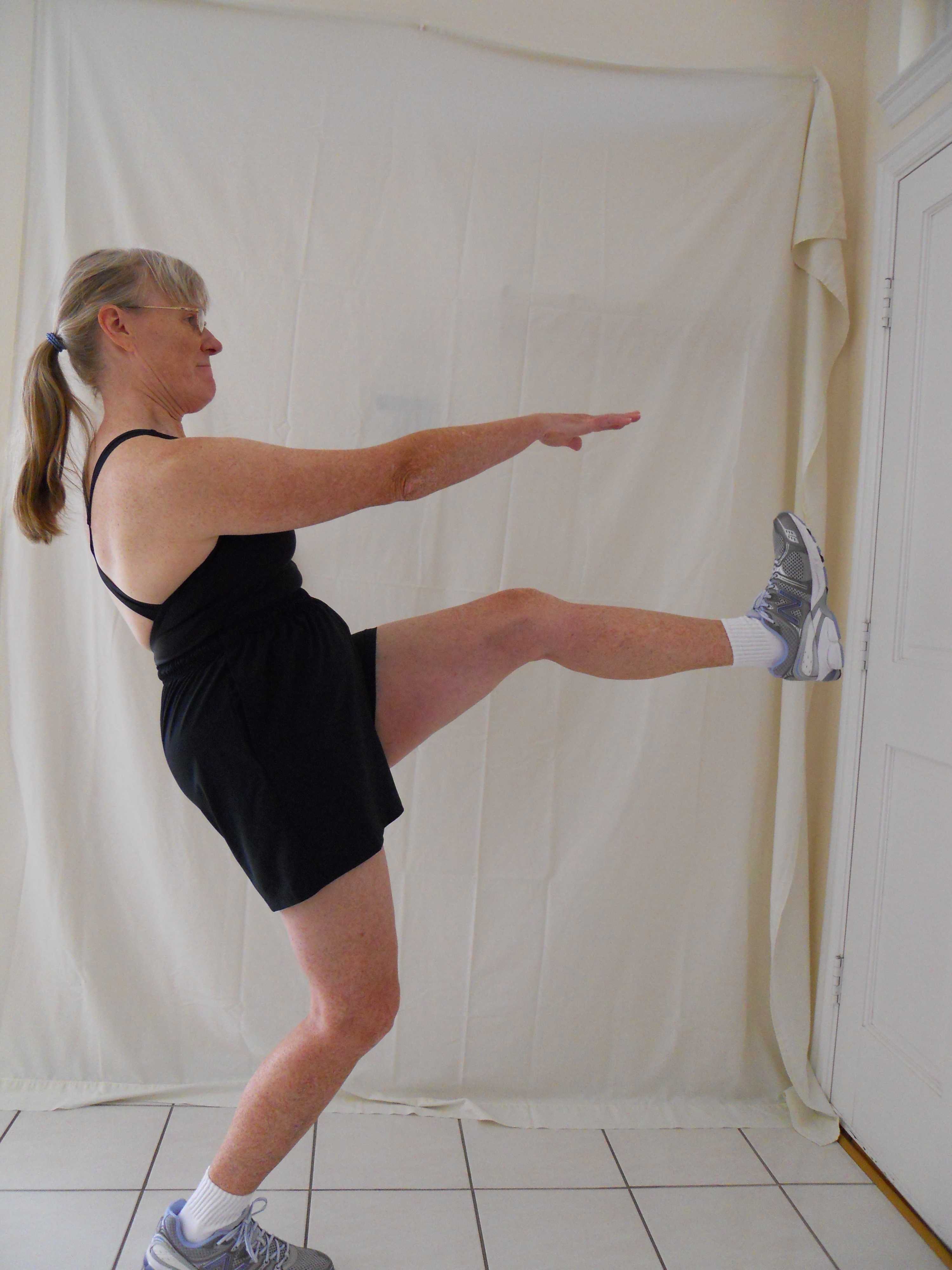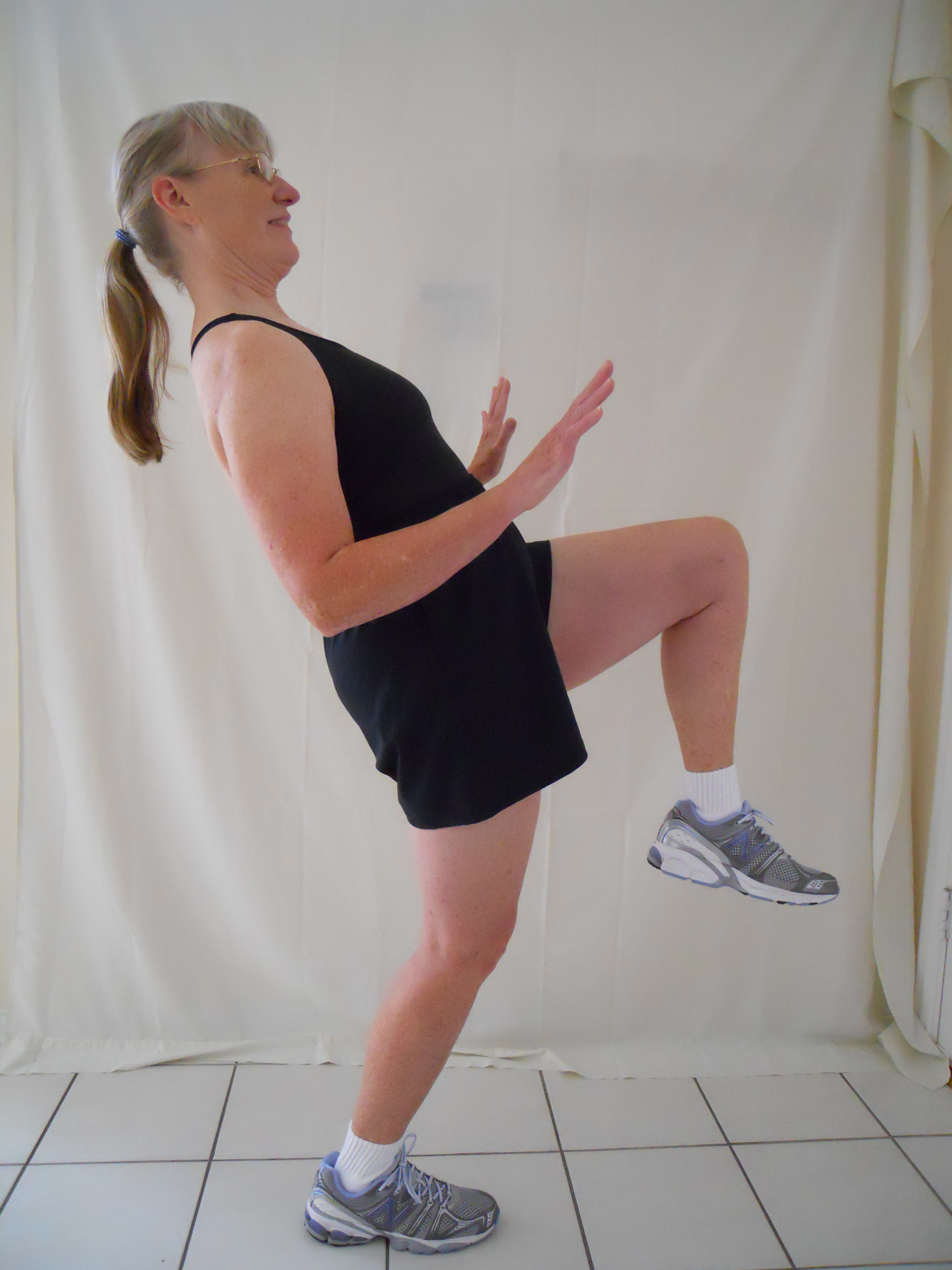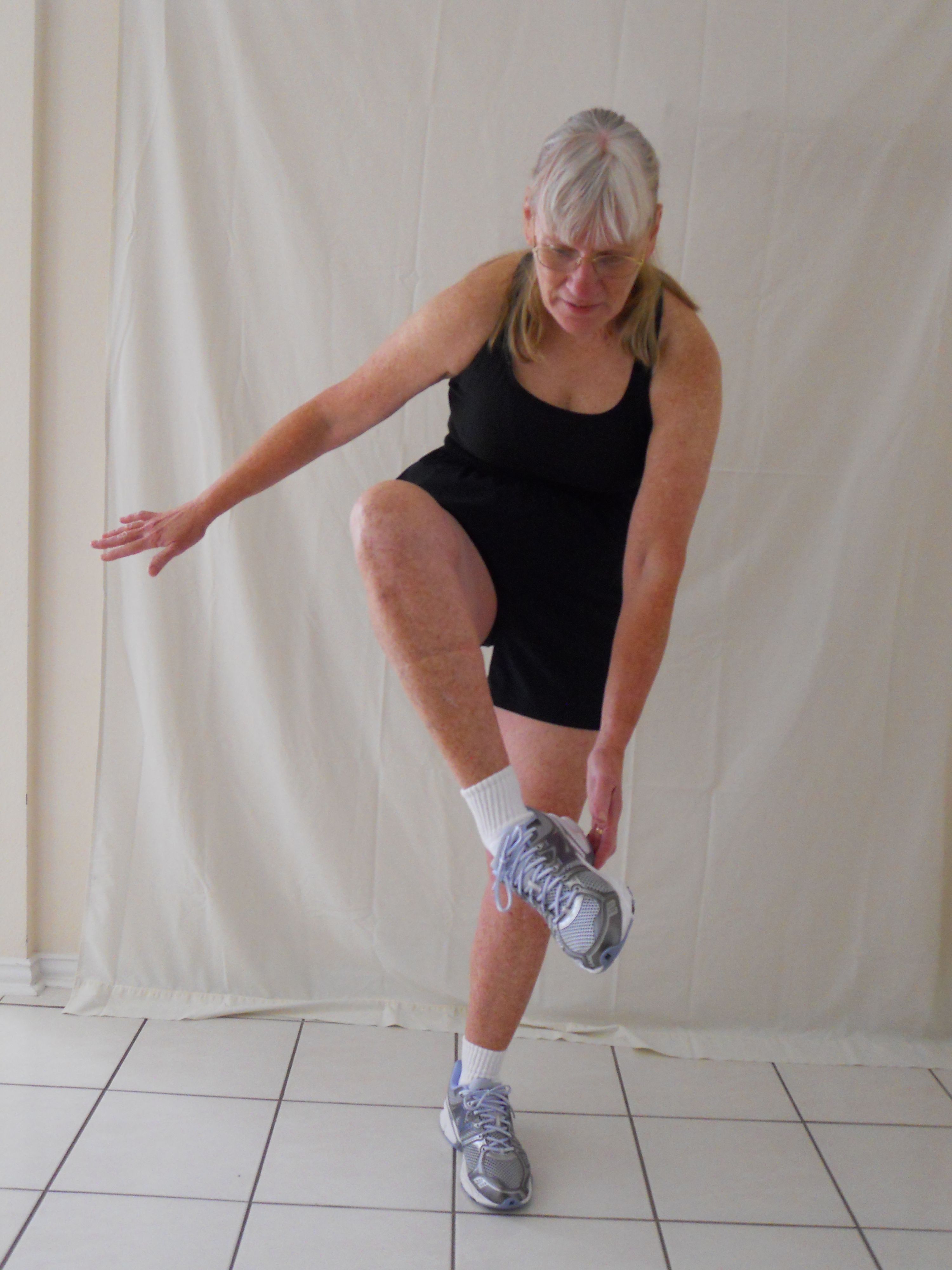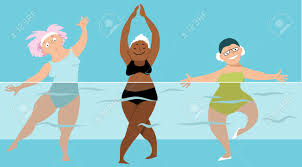
This is an article written by Angie Miller and well worth reading:
We’ve all been there. We’ve come to class prepared and eager to lead, only to discover that there’s that one person- the one who won’t stop talking to the people around them, who answers their cell during class, who takes our yoga, step, or strength training class, but does his/her own workout, or the one who wears headphones during cycle class and rides as if no one else is in the room. Unfortunately, there are a multitude of ways that members can be disruptive, some unknowingly, and some seemingly for attention, but either way, disruptive members disrupt the flow of the class. They compromise safety, hijack our concentration, suck up positive energy, and ironically, they often stand right in the front row ensuring that we couldn’t ignore them if we tried.
So, what do we do? Everyone has their own ideas on what works, based on their comfort zone and the members they teach. Some clubs even have policies to address disruptive members. After decades of teaching I feel like I’ve seen it all (though I know I haven’t), and here are a few things I’ve personally implemented, to manage a member who is disruptive.
- Ignore them. I know, I just said that they’re nearly impossible to ignore, but I try this as my first line of defense. If it is attention seeking behavior, as opposed to total oblivion, then I don’t want to reward negative behavior with attention. That’s the educator in me. If that doesn’t work, move on to number two.
- Make eye contact. If at all possible, try to make eye contact with them. Not in a confrontational manner, with a smile on your face and a professional demeanor. Eye contact can be a gentle reminder that you’re watching, and you’re reminding them to stay engaged. Ideally, we’re making eye contact with everyone in the room at least once throughout the workout, so this shouldn’t seem unusual. If that doesn’t work, move on to number three.
- Address the class as a whole. The key is to not target anyone individually, especially on a live mic. We’re better served to address the class as a whole and remind them: “We don’t have breath for conversation, we’re using our energy for the workout.” “Lets not chat, lets challenge each other to go the extra mile.” You’re addressing everyone in a professional, non-confrontational manner, hoping the culprit of the crime gets the message. If that doesn’t work, move on to number four.
- Proximity is key. Often all that’s needed is for us to move about the room as we always do, checking form and alignment, then proximally stand close to where they are and teach from there (only in the moment, not the whole class of course). Proximity is all about presence, which promotes accountability, and it’s a great way to motivate. When we move about the room, most members will step up their game. If that doesn’t work, move on to number five.
- Speak to them after class. Mic off, gently, with a professional tone we can ask, “Do you have a minute?” That’s when we say, “I noticed that you seem distracted and I’m wondering how you’re enjoying the workout?” From there, we can guide the conversation to behaviors that promote quality exercise and we can offer guidance on appropriate group fitness etiquette.
One Final Note: One of the best ways to ensure healthy group fitness etiquette is to talk about it at the beginning of class, during our introduction. It’s when I get ahead of any behaviors I’ve witnessed in the past, and I address them before they have potential to compromise my class. It’s when I remind all members: Safety is key, and that means we want to be considerate to those around us: Cell phones off. Save conversations for after class. We’re here to build energy, be engaged, and make the most of every moment.
Keep doing what you
love and loving what you do.
~Angie
About Angie:
Angie Miller, M.S., is a health and fitness educator, speaker, and licensed counselor. She teaches at Northern Illinois University in the Department of Kinesiology and Physical Education and presents at mental health and fitness conferences worldwide. Angie owns her own fitness company, Angie Miller Fitness, and she is a Master Instructor for NASM, AFAA, and Kettlebell Concepts. She writes for fitness journals and digital communities and publishes a weekly blog where she covers fitness and lifestyle topics. You can learn more about Angie on her website, http://www.angiemillerfitness.com
Thanks, Angie! See you in the pool!

Chris Alexander

